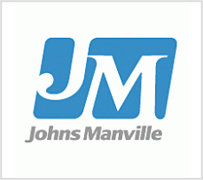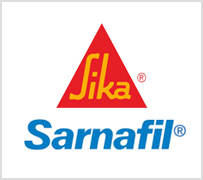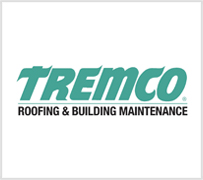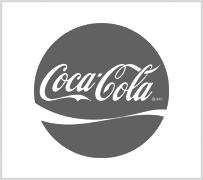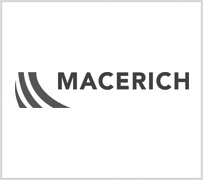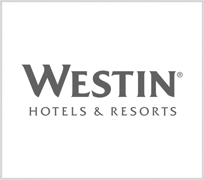
LEED (Leadership in Energy and Design) is a green building rating system developed here in the U.S. by the United States Green Building Council (USGBC). The purpose is to provide a standard certification process and register buildings which are constructed with certain goals in mind: environmental performance, efficiency, occupant health and well-being. A building receives a certain amount of points toward varying levels of certification based on the various categories.
So what do LEED certifications have to do with the roofing industry? Roofing material manufacturers are making more green options available through a variety of new innovations and technologies, including recycled materials and products that reduce urban heat islands, improve energy efficiency, save water and much more.
There are four categories in which roofing can contribute to earning points towards a LEED certification:
Sustainable Sites (each earns one point)
- A vegetated roof, established with native plants, that requires minimal or no irrigation and little maintenance.
- A vegetated roof added in an urban setting.
- Vegetated roofs designed to control storm water.
- Use of alternative surfaces to reduce pollutants and heat islands (vegetated, pervious pavement, grid pavers, etc.).
- Vegetated roof for at least 50% of installation.
Water Efficiency (each earns 2-4 points)
To earn points in this category, the green roofing system must be designed without permanent irrigation or minimal irrigation to reduce water use.
- Reduce water use for irrigation by 50% (2 points).
- No irrigation, although temporary use of drip system to establish plants for 12 – 18 months is acceptable (4 points).
- 100% reduction in water use and the percent reduction in total water use of structure are greater than 50%, the building earns all 6 points for the categories above.
Energy and Optimization (can earn 19 points)
The building designers must first establish a minimum level of energy efficiency before points can be earned in this category.
- Add a vegetated roof and demonstrate percentage improvement in efficiency (19 points)
Material and Resources (each earns 1 – 2 points)
- Reuse building materials and products (5 – 10% of total value of materials) to reduce demand for virgin materials and reduce waste.
- Components like pavers, edging, and compost are from pre- and post-consumer materials (must contribute 10 – 20% of total value of the project), recycled content value is determined by weight.
- 10-20% of materials must be manufactured and assembled within 500 miles of the building site).
Why is a LEED Certification valuable?
- LEED assures that the roofing (and all other aspects) of Class A green buildings meet high standards.
- It lets everyone know that a building is energy and water efficient and will increase occupant health and comfort.
- As a building owner, you’ll know your money was well-spent on a sustainable, resilient building that saves energy and money.
- As more and more people become environmentally conscious, having a LEED certification will become more important.


